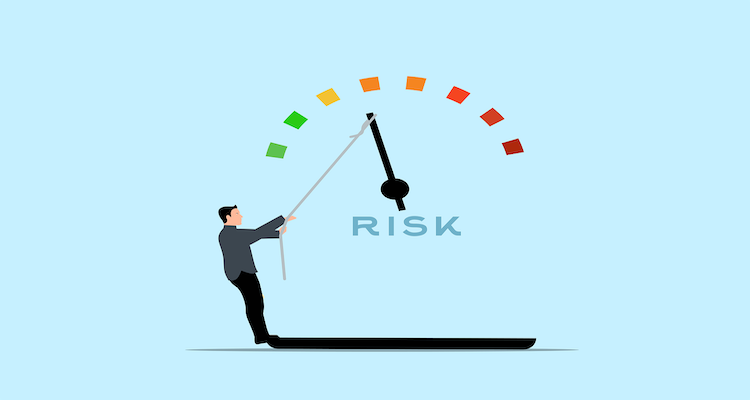
Guaranteeing safety in sports is important for both organizations and trainers. With special challenges intrinsic to the world of sports, risk softening becomes important not only to protect the sportsmen but also the reputation and functionality of the institutions involved.
Risk in sports comes in different forms, from physical damages to legal penalties. When you understand these risks, it’s the first step towards effective mitigation. Physical risks include injuries during play, while legal risks encompass issues like negligence and liability. Financial risks can arise from lawsuits or unforeseen costs, and reputational risks can arise from damaging publicity. When you recognize and assess these possible risks sets the basis for a strong risk management system.
A wide risk management plan is important for any sports association or coach. This plan should show exact purposes and outline the steps to control, recognize, communicate, and finance risks.
A good risk management plan not only rescues your organization but also creates trust among sportsmen, staff, and parents.
Safety protocols are critical to risk mitigation, addressing physical safety, health and wellness, and facility safety.
Ensuring athletes are properly trained and equipped is essential. Provide safety drills and emergency procedure training to prepare everyone for unforeseen events. Regularly review and update the training programs to align with best practices and emerging risks.
Regular health screenings for athletes can catch issues early and prevent serious injuries. Monitoring and managing injuries with proper care guarantees athletes recover fully before returning to play. Promote a culture of health and wellness to keep everyone in peak condition.
Your facilities should meet all safety standards to prevent accidents. Conduct routine inspections and maintenance to address hazards promptly. Ensure that all equipment and areas used by athletes are in good condition.
Understanding and sticking to legal requirements is paramount for risk mitigation. This includes compliance with relevant laws and the development of robust policies.
Be well-versed in the laws governing your sport, including liability and negligence. Knowing the legal landscape helps you navigate potential issues proactively and avoid litigation.
Develop clear policies to guide actions and enforce adherence. This includes ensuring athletes and staff follow safety protocols, codes of conduct, and reporting procedures for incidents and injuries. Utilize a release of liability form at Lawrina to protect your organization from certain legal claims. Lawrina offers a wide range of customizable legal forms, including liability waivers, specifically designed to meet the needs of sports organizations. Their platform provides easy-to-use templates created by legal professionals, ensuring your documents are comprehensive and legally sound.
Ongoing training and education for staff and athletes play a vital role in risk mitigation.
Regular training sessions for coaches and staff on risk management practices are crucial. Consider certifications and professional development opportunities to inform your team about the latest safety protocols and risk management strategies.
Educate athletes about personal safety and risk awareness. Encourage them to take responsibility for their safety and the well-being of their peers. Promoting a culture where safety is prioritized helps create a safer environment for everyone.
Continuous monitoring and evaluation help keep your risk management plan effective and up to date.
Conduct regular risk reviews and audits to identify new risks and reassess existing ones. Update your risk management plan as needed to address evolving challenges.
Create channels for feedback from athletes, coaches, and staff. Utilize this feedback to improve your risk management practices continuously. Listening to those directly involved in your programs provides valuable insights into potential risks and solutions.
In the dynamic world of sports, risk mitigation is not a one-time task but an ongoing process. By creating and implementing a comprehensive risk management plan, sports organizations, and coaches can ensure the safety and success of their programs. Regularly review and update your strategies to avoid potential risks and cultivate a culture of safety and responsibility among athletes and staff. Effective risk mitigation protects your organization and fosters an atmosphere where athletes can thrive and succeed.
This is a Sponsored Post
